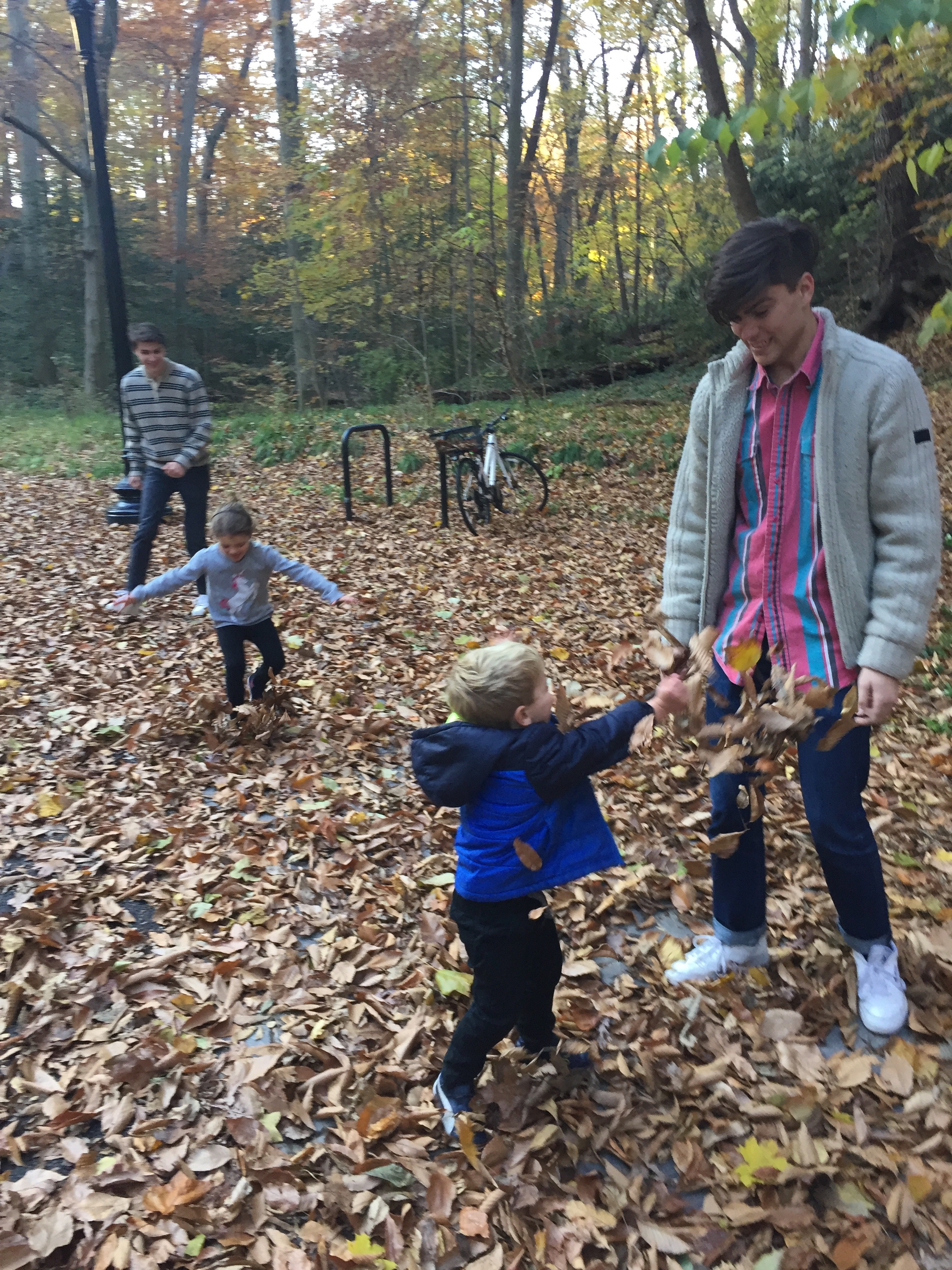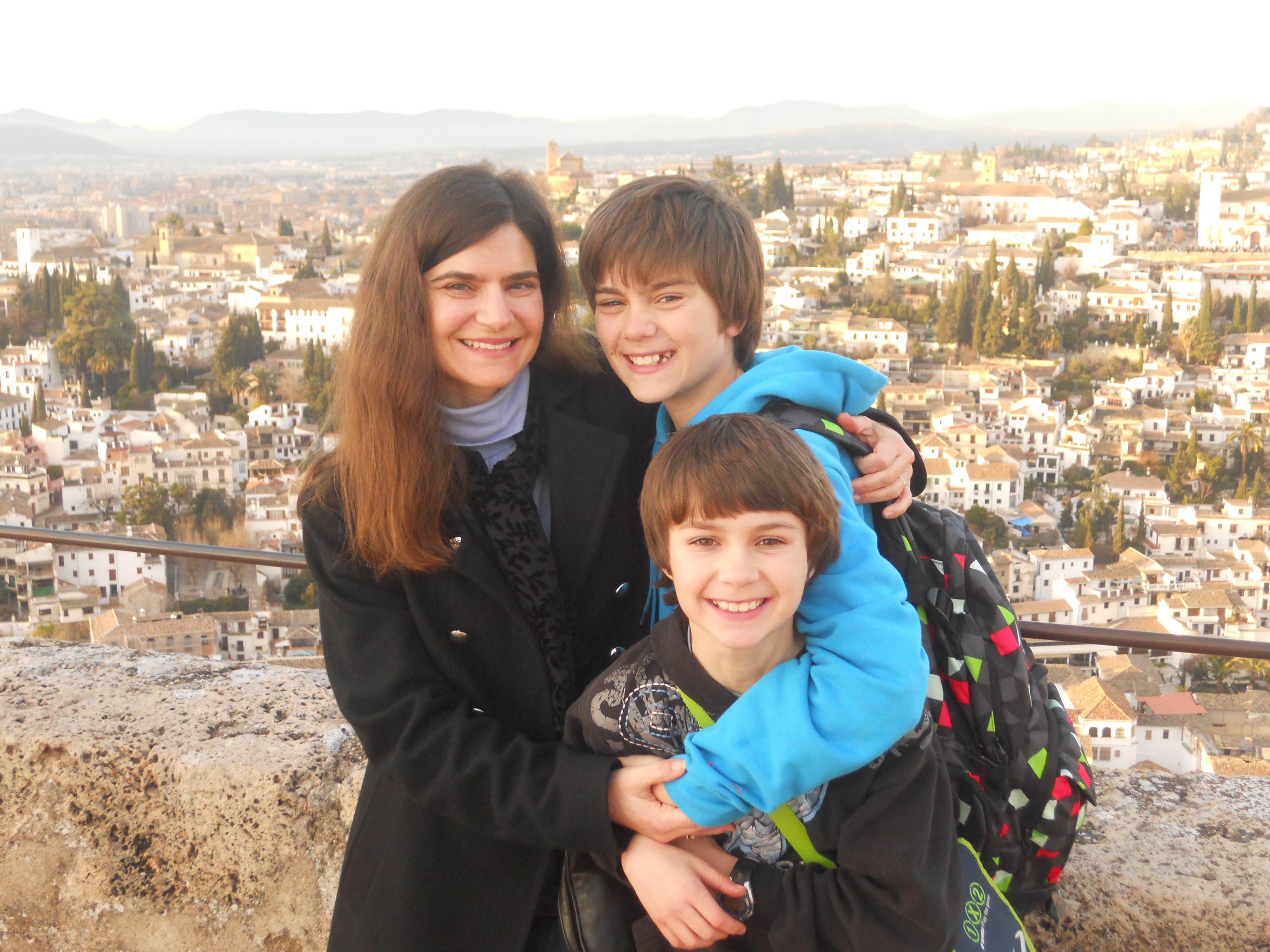
I added a new page to my web site this week. It announces my entry into the world of spiritual direction. I’m now a certified spiritual director (as of March 9) and this page describes a bit about spiritual direction. Continue reading


I added a new page to my web site this week. It announces my entry into the world of spiritual direction. I’m now a certified spiritual director (as of March 9) and this page describes a bit about spiritual direction. Continue reading
 Lent begins today. Months ago, however, I knew what I should give up this season: worry.
Lent begins today. Months ago, however, I knew what I should give up this season: worry.
 A few years ago Marie Kondo’s book “The Life Changing Magic of Tidying Up” became a huge hit, inspiring readers around the world to simplify and declutter their homes. Her mantra is “spark joy”— she urges people to purge their possessions and keep only those things which give them joy. Continue reading
A few years ago Marie Kondo’s book “The Life Changing Magic of Tidying Up” became a huge hit, inspiring readers around the world to simplify and declutter their homes. Her mantra is “spark joy”— she urges people to purge their possessions and keep only those things which give them joy. Continue reading
 I am a mother on the cusp of change. My youngest son will leave for college next year. And this holiday season the familiar signs of Christmas—the sparkling lights, the ornaments on the tree and the special sweets—reminded me that as much as life stays the same, it doesn’t stand still. Continue reading
I am a mother on the cusp of change. My youngest son will leave for college next year. And this holiday season the familiar signs of Christmas—the sparkling lights, the ornaments on the tree and the special sweets—reminded me that as much as life stays the same, it doesn’t stand still. Continue reading

Play. For kids it comes easily. But for adults it’s not something we do that often. When was the last time you played a game, acted in a skit or picked up some crayons?
It had been a long time since I had done any of these things—until I attended a contemplative retreat a few months ago. But that’s exactly what we did at the retreat. We played, we laughed, we relaxed—and something sacred happened. Continue reading
 In many ways Sam Genirberg has the model American immigrant story. He came to the U.S. in 1948 with $50, earned $1.25 an hour at his first job in a warehouse and eventually started several successful businesses. He ran Moo’s, a popular ice cream parlor in Richmond, and then launched a real estate business, which he still manages today. Continue reading
In many ways Sam Genirberg has the model American immigrant story. He came to the U.S. in 1948 with $50, earned $1.25 an hour at his first job in a warehouse and eventually started several successful businesses. He ran Moo’s, a popular ice cream parlor in Richmond, and then launched a real estate business, which he still manages today. Continue reading

Sam Genirberg has the distinction of being one of last living survivors of the Holocaust, or Shoah, as he prefers to call it. At age 94 he spends most of his days quietly in his El Cerrito house, filled with pictures of his family, including his wife, Rose, who passed away five years ago. She was also a survivor, having endured Auschwitz and Bergen-Belsen. Continue reading

Sam Genirberg was a 17-year-old high school student when German troops invaded his home country, the Ukraine, in 1941. Little did he know that within a few months, the 12,000 Jews in his small town would be taken from the their homes and forced to live in a ghetto. Soon after they would be marched to pits outside of town and brutally murdered, part of the Nazi extermination of Jews. Continue reading

Two weeks ago my younger son started his last year of high school. It’s hard to believe that at this time next year he’ll likely be off to college and our house will be an empty nest. My husband and I have spent the last 20 years nurturing and caring for our kids and in the blink of an eye, they’ll be gone. Continue reading
 I didn’t think working with a writing coach would be all that challenging. I thought I’d get inside tips on where to submit, general writing advice and editing that would garner quick results—lots of published pieces. How hard can this be?, I thought. I’ve been writing a blog for several years and I feel ready to put my work out there to other publications. Continue reading
I didn’t think working with a writing coach would be all that challenging. I thought I’d get inside tips on where to submit, general writing advice and editing that would garner quick results—lots of published pieces. How hard can this be?, I thought. I’ve been writing a blog for several years and I feel ready to put my work out there to other publications. Continue reading